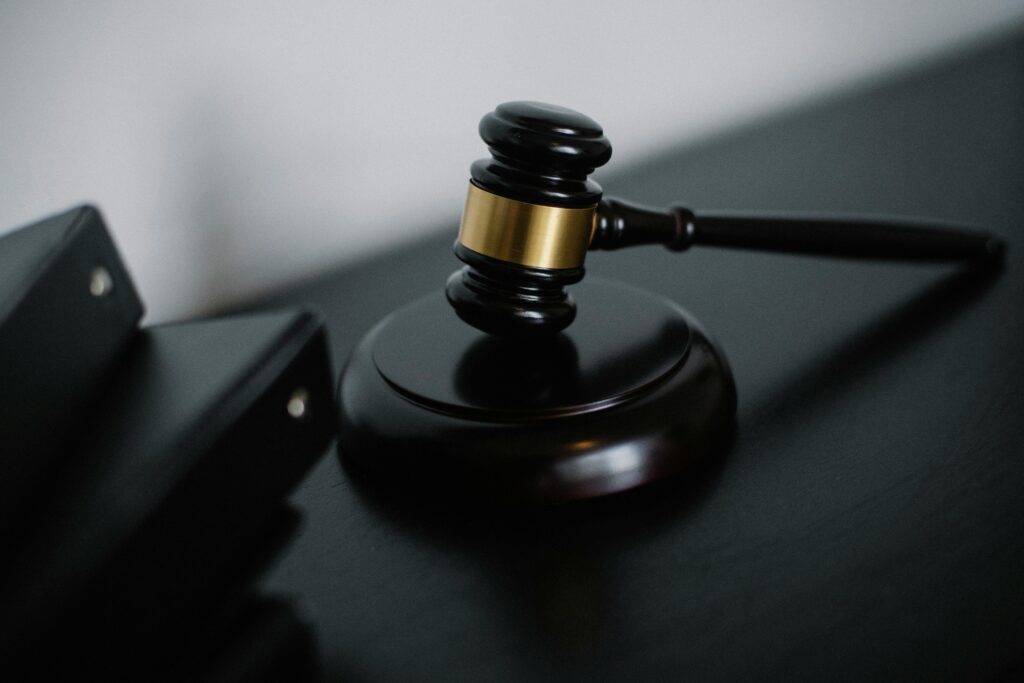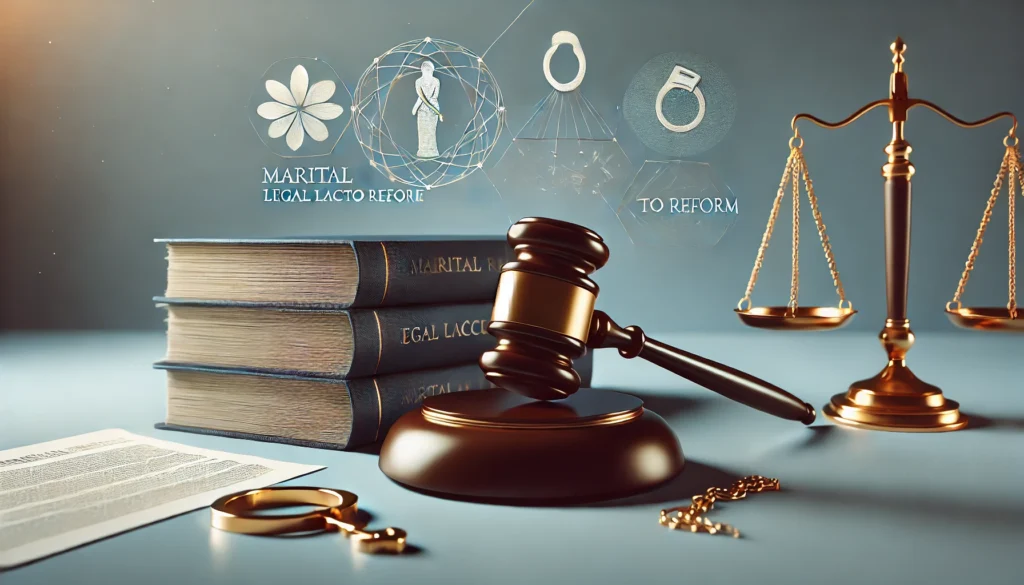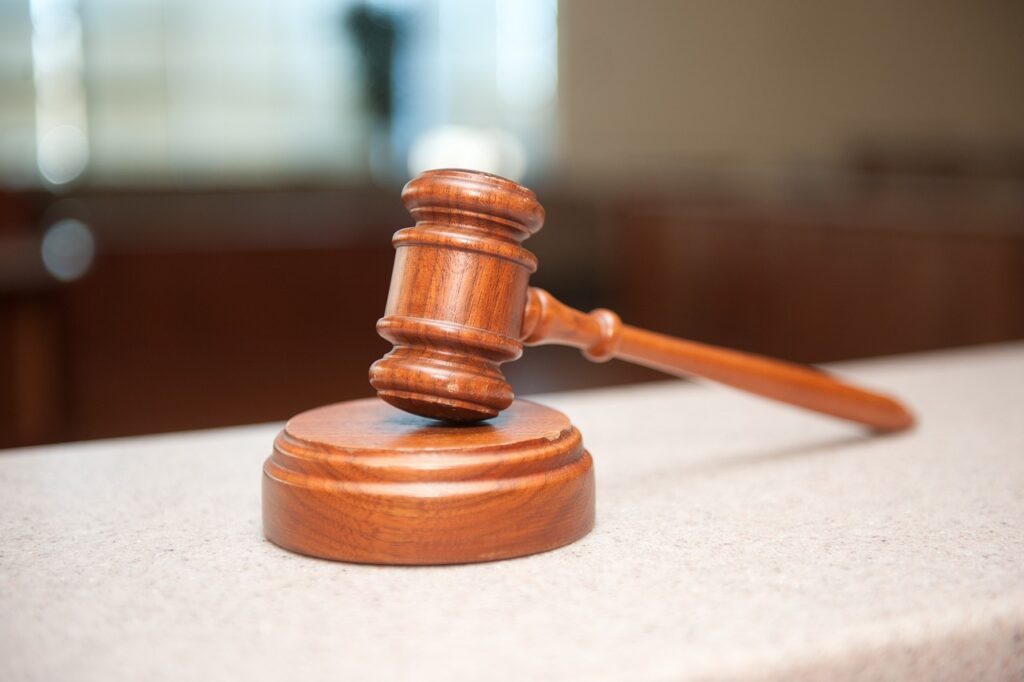Published On: October 12th 2025
Authored By: Sri Durga O
Government Law College,
Tirunelveli
Abstract
The digital age has radically altered the balance between copyright protection and public access. While copyright law was originally designed to regulate physical media, today’s ecosystem of streaming platforms, torrents, and user-generated content poses enforcement challenges that traditional remedies cannot fully address. This paper examines copyright infringement in the digital environment with a focus on India, analyzing how remedies operate in theory and how they often fail in practice. It explores systemic challenges such as the borderless nature of the internet, platform immunity, and the constitutional tension between protecting authors and ensuring access to knowledge. Comparative insights are drawn from the United States’ Digital Millennium Copyright Act, the European Union’s 2019 Copyright Directive, and global standards under TRIPS and the WIPO Copyright Treaty. Finally, the paper considers future pathways, including the role of artificial intelligence, blockchain-based licensing, and the regulation of cultural practices such as memes and fan fiction. It argues that India requires a hybrid approach—one that embraces technological enforcement, strengthens international cooperation, and expands fair dealing protections—ensuring copyright remains relevant without undermining innovation or fundamental rights.
Introduction
The digital era has transformed how creative works are produced, shared, and consumed. Copyright, once focused on physical copies of books, music, or films, now operates in a world where a single digital upload can reach millions within seconds.[1]This shift has created both opportunities for creators and unprecedented challenges for enforcement.
At its core, copyright grants authors exclusive rights over their works.[2]Yet the rise of streaming, file-sharing networks, and user-generated platforms has blurred the boundary between legitimate use and infringement. Traditional legal tools—such as injunctions or damages—struggle against the speed and anonymity of digital piracy.
India has sought to adapt through the Copyright (Amendment) Act, 2012, aligning its framework with international standards. Still, enforcement remains fragmented: courts face mirror websites that reappear overnight, jurisdictional limits when infringers operate abroad, and constitutional questions about freedom of expression and access to knowledge. This article explores how copyright functions in the digital ecosystem, with emphasis on India. It examines modes of infringement, remedies in theory and practice, systemic enforcement challenges, and comparative lessons from the United States and European Union. Ultimately, it asks whether copyright law, as it stands, is fit for the digital age—and what reforms are needed for the future.
Challenges of Enforcing Copyright in the Digital Space
Enforcing copyright in the online environment is far more complicated than in the physical world. The internet enables copyrighted content to be duplicated and shared across borders instantly, while legal systems are still structured around territorial limits.
One of the biggest issues is piracy through peer-to-peer (P2P) networks and illegal streaming platforms. Torrent services such as BitTorrent allow users to exchange files directly, making it difficult to identify who first uploaded the infringing content.[3] Likewise, streaming and cyber locker sites offer movies, music, and books for free, attracting millions of users. Even when courts in India order these sites to be blocked, new “mirror” sites appear, and users rely on VPNs or proxy servers to get around restrictions.[4]
Another challenge is identifying individual offenders. In earlier times, piracy was tied to physical objects—like pirated CDs or photocopied books—that could be seized. Today, infringers often hide behind encrypted communications or anonymous online identities.[5] Offenders make use of VPNs and dark-web tools to disguise their tracks, which makes it difficult for authorities to investigate and prosecute. While the Information Technology Act, 2000 addresses cybercrimes in general, it does not specifically deal with copyright infringement.[6] The 2012 amendment to the Copyright Act introduced provisions for digital piracy, but enforcement remains weak because of limited investigative capacity.
India’s legal framework itself creates further obstacles. The Copyright Act of 1957, even with amendments, has not kept pace with the speed of digital piracy. Courts are often slow to grant relief, and by the time a decision is Issued, infringing material has already spread widely.[7] Cross-border piracy makes the problem worse since many infringers operate from jurisdictions outside India’s reach. Awareness is also lacking—many users do not even realize that downloading or sharing copyrighted material online amounts to infringement.
Finally, intermediary liability remains a contested area. Under Section 79 of the IT Act, intermediaries such as ISPs and social media platforms enjoy safe harbour protection so long as they act after receiving notice of infringing content.[8] In Shreya Singhal v. Union of India, the Supreme Court held that platforms are not obliged to remove material without an official order, which often delays takedowns.[9] Platforms like YouTube have introduced systems such as Content ID to help copyright holders, but these tools are controversial because they sometimes remove lawful content and raise free-speech concerns.
In short, anonymity, slow courts, jurisdictional hurdles, and the shield of safe harbour all combine to make copyright enforcement in the digital space a complex and ongoing struggle.
Remedies in Theory vs. Remedies in Practice
The Copyright Act, 1957 provides a wide range of remedies for infringement, which on aper appear to be comprehensive. However, the effectiveness of these remedies in the digital space remains questionable.
Civil remedies are the primary means of redress. Courts may grant injunctions to restrain infringing acts, award damages, or order an account of profits.[10] They may also direct the delivery and destruction of pirated copies. [11]In theory, these measures should protect copyright owners and deter infringers. In practice, however, injunctions are undermined by the speed of digital duplication. By the time an order is issued, infringing material has often already been downloaded or redistributed through mirror websites.[12]This has been evident in cases such as UTV Software v. 1337x.to, where the Delhi High Court ordered internet service providers to block pirate websites, but new iterations of the same sites appeared almost immediately.[13]
Criminal remedies also exist under the Act, prescribing a minimum punishment of six months’ imprisonment and a fine of ₹50,000, which may extend to three years and ₹200,000 respectively.[14] Police are empowered to seize infringing goods without warrant.[15] Yet, these provisions are rarely enforced against individual users. Criminal prosecution is largely reserved for large-scale commercial pirates, while everyday digital infringers remain untouched. This selective enforcement undermines the deterrent effect of criminal law.
Administrative remedies supplement judicial measures. Customs authorities can detain imported goods suspected of being pirated,[16] and copyright societies such as the Indian Performing Right Society (IPRS) and Phonographic Performance Limited (PPL) are empowered to license and enforce rights collectively.[17] Nevertheless, administrative enforcement has proven weak in practice, due to lack of resources and limited public awareness.
A critical gap emerges between theory and practice. On the one hand, the law promises injunctions, damages, criminal penalties, and customs enforcement. On the other hand, the digital ecosystem renders many of these measures ineffective. Blocking orders fail against mirror sites, criminal penalties are not pursued against small infringers, and takedown regimes are sometimes abused by corporations to suppress legitimate uses such as parody, review, or education.[18] Moreover, copyright enforcement increasingly collides with constitutional values: the right to free speech, the right to education, and the right to access information[19]. Indian courts have repeatedly grappled with this balance, often struggling to reconcile protection of authors with the broader public interest. Thus, while copyright law in India contains robust remedies in theory, their practical implementation in the digital space is inconsistent and often ineffective. What is needed is not more penalties on paper, but innovative enforcement strategies that are technologically feasible and sensitive to fundamental rights.
Comparative & International Insights
Different jurisdictions have tried to adapt copyright to the digital ecosystem, but each path has trade-offs. In the United States, the Digital Millennium Copyright Act (DMCA) introduced notice-and takedown and safe harbor for platforms. This allowed services like YouTube to grow, but critics say it creates “over-removal,” where even lawful content is deleted.[20] The European Union has taken a stricter stance. Under its 2019 Copyright Directive, platforms carry greater responsibility for blocking infringing uploads. Article 17, in particular, has been criticized for encouraging automatic filters that may suppress legitimate works such as memes or parodies.[21]
Globally, treaties like TRIPS and the WIPO Copyright Treaty (WCT) provide baseline standards, including the “making available” right and anti-circumvention rules. Yet piracy networks exploit the fact that many countries lack strong enforcement.[22] India’s experience shows the difficulty of balancing these models. The Copyright (Amendment) Act, 2012 brought Indian law into line with WIPO standards, but enforcement has relied heavily on courts. In Super Cassettes v. My Space, the Delhi High Court held that intermediaries cannot escape liability if they ignore takedown requests.[23] Similarly, in Viacom 18 v. Jio, the Bombay High Court issued a pre-release injunction to block piracy sites before a film’s launch.[24] These cases show Indian courts moving between the US style safe harbor and the EU-style stricter liability. For India, the lesson is clear: reforms must protect creators without undermining constitutional rights like freedom of expression and access to knowledge.
The Future of Copyright: Beyond Traditional Models
The next phase of copyright law will be defined by technological disruption and cultural transformation. Traditional models built around human authorship and physical copies are increasingly challenged by new realities. Artificial intelligence (AI) is the most prominent example. AI systems now generate songs, paintings, and even news articles with minimal human involvement. Current laws in India and elsewhere generally deny copyright protection to works lacking human authorship, attributing rights only to programmers or users.[25]However, as AI becomes more autonomous, courts and legislators may be pressed to adopt new approaches, such as granting limited related rights to AI-assisted works.[26]
Blockchain technology offers another possible shift, not in authorship but in enforcement. Smart contracts embedded in blockchain systems could allow creators to license their work directly and receive automatic payments when it is accessed.[27] Thisbypasses intermediaries and increases transparency. Yet, blockchain solutions remain experimental, facing scalability and regulatory concerns.[28]
At the same time, digital cultural practices like memes, remixes, and fan fiction complicate strict copyright enforcement. While these practices technically involve unauthorized copying, they often serve as parody, criticism, or creative re-use.[29] Overregulation risks suppressing popular forms of cultural expression. For this reason, many scholars call for broader interpretations of fair dealing and fair use to accommodate transformative digital culture.[30]
For India, the path forward is likely to be hybrid. Stronger technological enforcement tools, such as blockchain licensing and AI-driven monitoring, will be necessary to address large scale piracy. But reforms must also preserve space for creativity and free expression by expanding fair dealing protections. In this way, copyright can continue to reward creators while supporting innovation and cultural participation in the digital republic.
Conclusion
The digital ecosystem has exposed the limits of traditional copyright law. Civil, criminal, and administrative remedies appear robust in theory but falter in practice when faced with anonymous infringers, mirror sites, and cross-border piracy. International models offer contrasting approaches, yet neither the American safe-harbor system nor the European upload-filter model provides a perfect solution for India. The lessons are clear. Enforcement must be technologically adoptive, incorporating tools like blockchain-based licensing and AI-powered detection, while avoiding over – blocking thatchills lawful expression. At the same time, fair dealing provisions should be interpreted more flexibly to protect transformative practices.
References
[1]Sandvine, Global Internet Phenomena Report (2024).
[2] Copyright Act, No. 14 of 1957, 14, India Code
[3] Abdulsala F., An Analysis on Copyright Infringement over Internet with Reference to the IT Act and the Copyright, 2 Indian J. Integrated Rsch. L. 1 (2022).
[4] Id.
[5] Chowdhury A.R., The Future of Copyright in India, 3 J. Intell. Prop. L. & Prac. 102 (2008).
[6] Copyright (Amendment) Act, No. 27 of 2012, India Code.
[7] Mahesh G. & Mittal R., Digital Content Creation and Copyright Issues, 27 Electronic Libr. 676 (2009).
[8] Information Technology Act, No. 21 of 2000, 79, India Code.
[9] Shreya Singhal v. Union of India, (2015) 5 S.C.C. 1 (India).
[10] Copyright Act, No. 14 of 1957, 55, India Code.
[11] Id. 58.
[12] Sumedh Kumar Sethi, Copyright Infringement in the Digital Age: Issues and Remedies, J. Intell. Prop. Rts. 45 (2021).
[13] UTV Software Commc’ns Ltd. V. 1337x.to, 2019 SCC Online Del 8002
[14] Copyright Act, No. 14 of 1957, § 63, India Code.
[15] Id. 64.
[16] Id. 53.
[17] Id. 53.
[18] Digital Millennium Copyright Act, 17 U.S.C. § 512 (2018).
[19] Shreya Singhal v. Union of India, (2015) 5 S.C.C. 1 (India).
[20] Digital Millennium Copyright Act, 17 U.S.C. 512 (1998).
[21] Directive (EU) 2019/790, 2019 O.J. (L 130) 92.
[22] TRIPS Agreement, Apr. 15, 1994, 1869 U.N.T.S. 299; WIPO Copyright Treaty, Dec. 20, 1996, 2186 U.N.T.S.121.
[23] Super Cassettes Indus. Ltd. V. MySpace Inc., 2016 SCC Online Del 6382.
[24] Viacom 18 Media Pvt. Ltd. V. Jio & Ors., 2018 Bom HC.
[25] U.S. Copyright Office, Copyright Registration Guidance: Works Containing Material Generated by Artificial Intelligence (Mar. 16, 2023).
[26] Andres Guadamuz, Artificial Intelligence and Copyright, 7 WIPO Mag. 2 (2017).
[27] Primavera De Filippi & Aaron Wright, Blockchain and the Law: The Rule of Code 182–85 (2018).
[28] Angela Walch, The Path of the Blockchain Lexicon (and the Law), 36 Rev. Banking & Fin. L. 713, 727–29 (2017).
[29] Anupam Chander & Madhavi Sunder, Everyone’s a Superhero: A Cultural Theory of “Fan Fiction”, 95 Calif. L. Rev. 597, 604–12 (2007).
[30] Lawrence Lessig, Free Culture: How Big Media Uses Technology and the Law to Lock Down Culture and Control Creativity 187–92 (2004).




